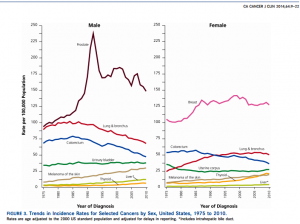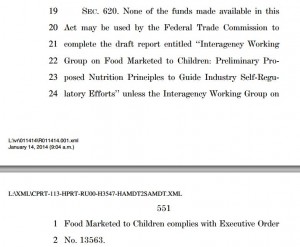In the strange way the U.S. government works, Congress has produced the “Consolidated Appropriations Act of 2014,” which authorizes payments for government services, including those related to agriculture.
This is not the farm bill. It’s what Congress decides taxpayers will pay for in the farm bill as well as bills that cover other programs run by USDA.
The House summary of agriculture appropriations is a lot easier to read than the bill itself, although it contains its share of double speak. Try this:
WIC – This program provides supplemental nutritional foods needed by pregnant and nursing mothers, babies and young children. The bill provides full funding for WIC at $6.7 billion – $153 million below the fiscal year 2013 enacted level…This level will ensure all eligible participants will be served.
Can someone please explain to me how a cut of $153 million will ensure service to everyone who is eligible? WIC is not an entitlement; eligible people cannot be served once the money runs out.
The bill does provide full spending—$82.2 billion—for SNAP, but only because it has to. SNAP is an entitlement and spending for it is mandatory. Unless, of course, Congress ever passes the farm bill, which currently contains a $9 billion proposed cut.
And here’s more double speak. “The legislation includes several provisions to reduce spending and increase oversight of taxpayer dollars.” How? By authorizing spending for:
- Oversight and monitoring requirements for the WIC program, including a directive for the Secretary of Agriculture to increase oversight of vendors to help rein in food costs;
- A provision requiring USDA to submit a plan for reducing high error rates and improper payments in the National School Lunch and School Breakfast Programs;
- Requirements for the Secretary of Agriculture to help weed out and eliminate waste, fraud, and abuse in the SNAP program – including a directive to ban fraudulent vendors, and a prohibition on advertisements or outreach with foreign governments.
And why does the FDA’s budget still get decided by committees dealing with agricultural appropriations?
The FDA is a public health agency in the Department of Health and Human Services, which is funded by entirely different committees which you might think understand its mission a lot better than committees fussing about legislation that
restricts the Grain Inspection, Packers and Stockyards Administration (GIPSA) from implementing certain regulations that would allow harmful government interference in the private market for the livestock and poultry industry.
I can hardly wait to see what the farm bill will look like.






